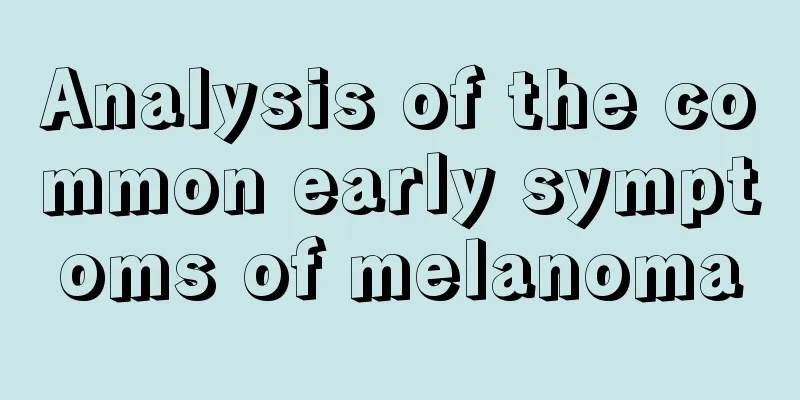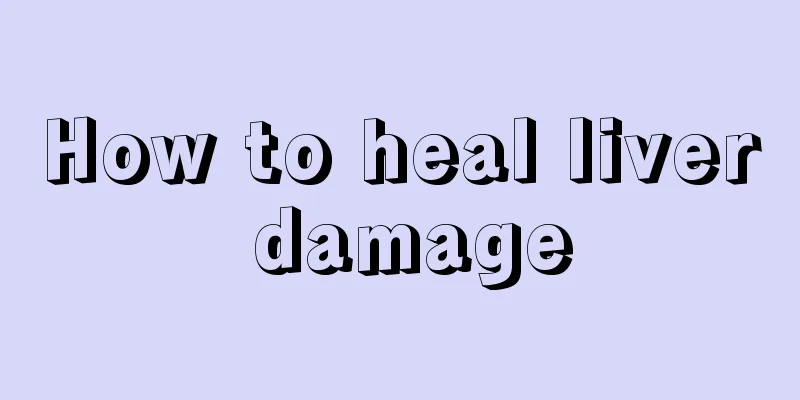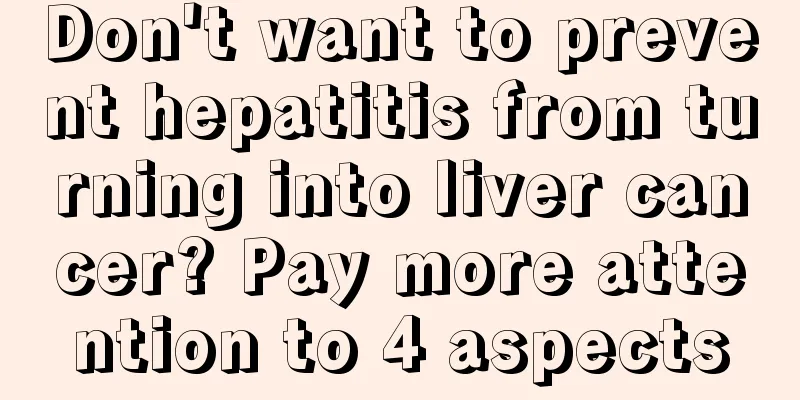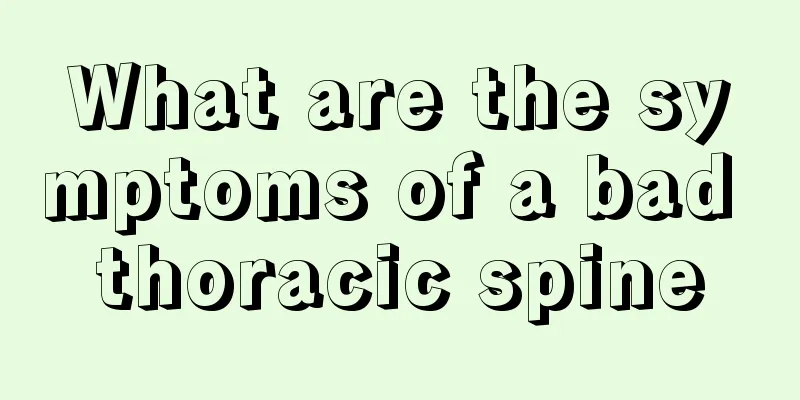How long can you live with ventricular septal defect
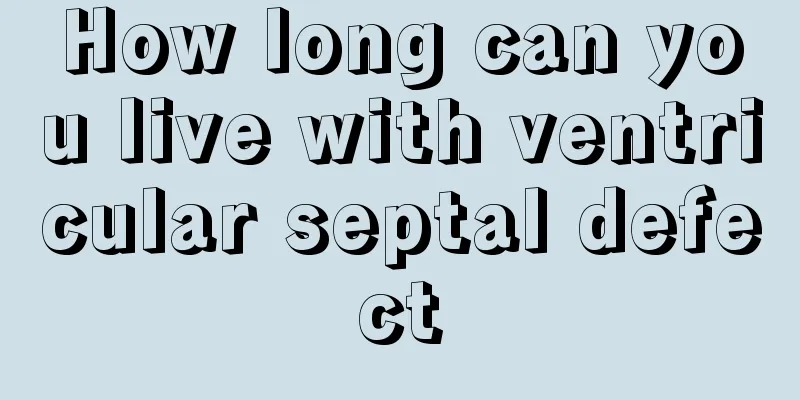
|
The heart often has some new problems, such as ventricular septal defect, and also includes congenital heart disease, because the defect may also cause heart murmurs and may close on its own. These are all things that need to be understood clearly to avoid worsening of the disease, which may bring some burden and trouble to the body, cause adverse reactions, etc. What is a ventricular septal defect? A ventricular septal defect is a hole in the septum of the heart's ventricles. The heart has four chambers. The left and right atria are located in the upper part of the heart, and the left and right ventricles are located in the lower part of the heart. In a normal heart, the left and right heart chambers are separated by septal tissue. The atrial septum separates the left and right atria, and the ventricular septum separates the left and right ventricles. Normally, newborns have a small hole in the atrial septum when they are born, which closes on its own within a few weeks. There is no hole in the ventricular septum. If there is a hole, it is called a ventricular septal defect. Ventricular septal defect is the most common congenital heart disease, with an incidence of approximately 0.1-0.4% in newborns and accounting for 20-30% of all congenital heart diseases. Ventricular septal defect is the most common cause of medical attention for infants and young children with congenital heart disease. What are the effects of ventricular septal defect on children? Ventricular septal defects can occur in different locations and sizes. The interventricular septum tissue is composed of several different tissue components. Some parts are made of myocardial tissue, and some parts are made of fibrous tissue. The location and size of the ventricular septal defect can determine its effects. If the ventricular septal defect is small, it is often discovered during a routine physical examination because of a heart murmur. Most VSDs close spontaneously, especially those in the muscular part. Even if a VSD does not close on its own, it usually does not cause serious health problems if it is small. Of course, in rare cases when a small VSD is combined with other heart abnormalities, many problems may develop over time. Therefore, until the ventricular septal defect closes on its own, regular checkups with a cardiologist are necessary. If the ventricular septal defect is large, it can have serious effects on the baby within the first few months of life. Before birth, the pressure in the left and right ventricles of the baby's heart is the same. After birth, as breathing begins, pressure in the pulmonary vasculature and right ventricle begins to decrease. After 2-4 weeks, the pressure in the pulmonary vessels gradually stabilizes at a lower level, about 1/3 of the aortic pressure. During the first 1-2 weeks after birth, children with large ventricular septal defects can grow and develop well. However, as the pressure in the right ventricle drops, blood begins to flow from the left ventricle through the ventricular septal defect into the right ventricle with relatively low resistance, gradually causing congestive heart failure. |
<<: Success rate of ventricular septal defect surgery
>>: Heart atrioventricular septal defect
Recommend
How to remove oil stains from clothes
I believe many people hope to leave a good impres...
What is the reason for upper abdominal pain
The abdomen is a part of the human body that will...
Can I eat durian during menstruation? What are the benefits?
Durian, as the king of fruits, is a tropical frui...
What to do if a fish bone gets stuck in your throat
Fish is easy to buy in life. There are many kinds...
Harmful ingredients in paint
I believe everyone has smelled the smell of paint...
Does liver cancer run in families? These six types of people are prone to liver cancer
Primary liver cancer is highly malignant, aggress...
What's wrong with itchy calf skin in summer
Summer is a relatively humid and hot season. Ther...
How long can you live with endometrial cancer
How long can you live with endometrial cancer? In...
What should I do if I get carsick or seasick?
When sitting in a car, some people often get moti...
How to quickly expel the contrast agent
From a clinical perspective, there are two types ...
Can children's brain cancer be cured?
Can children's brain cancer be cured? People ...
How to deal with earwax in infants and young children?
Everyone has earwax in their ears, which is commo...
What are the dangers of high blood sugar?
Blood is the most important means of nutrient tra...
Why do acne appear on the chin
Many people who often stay up late or play with t...
What causes esophageal cancer? It has something to do with eating habits
The cause of esophageal cancer is not complicated...

